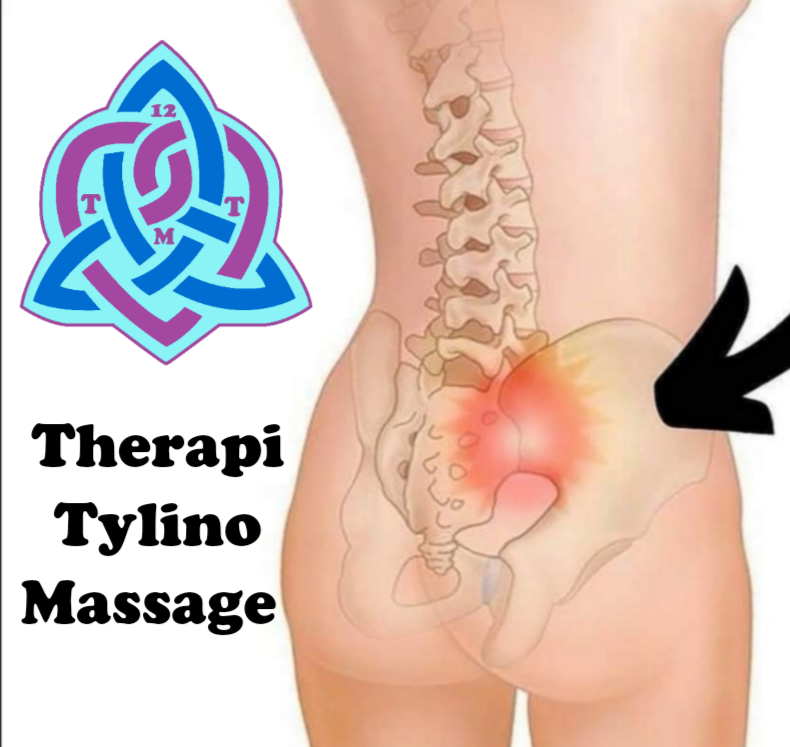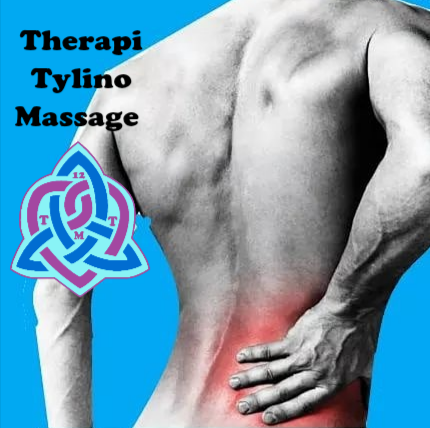Lower Extremity Pain – Trapped Femoral-Sciatica Nerve
Sciatica pain refers to the pain that radiates along the pathway that the femoral and sciatic nerves take.
Sciatica means that there is irritation or a problem with the femoral or sciatic nerves that usually emanates from the low back, which begins in the spine. Not all pain in the gluteal area or down the leg is sciatica. The pain can be caused by pressure on the femoral nerve, which also extends down the medial side, the inside, of the leg past the knee.
Massage therapy provides a favorable way to help ease femoral and sciatica pain through an amalgamation of:
Releasing muscles tension
Fostering a healthy healing environment
Improving oxygenated blood and lymph circulation
Reducing stress
Obtaining early treatment for “Sciatica” is advisable in order to avoid the development of the symptoms.
Massage Therapy for lower extremity pain
Massage therapy is an effective way to relieve pain. A combination of remedial massage therapy with aerobic conditioning, strengthening, and stretching exercises are central elements to a “Sciatica “physical treatment plan.
The goals of massage therapy and exercises for sciatica include:
Strengthen the muscles of the lower back, abdomen, gluteals, and hips.
Stretch tight and inflexible muscles, such as the gluteal muscles
Improve core strength
A study in 2014 found that deep tissue massage was as effective as nonsteroidal anti-inflammatory drugs for relieving low back pain, which can be a symptom of sciatica. Remedial massage can help in several ways, soothing tense muscles and endorphin hormones are secreted. Endorphin hormones act to relieve stress and pain which are natural and work similarly to opioid pain relievers. Endorphins are associated with block pain signals and are healthy, safe, without risk.
The sciatic nerve originates in the spine, lumbar and sacral plexus, which travels through the hip, gluteal muscles, and down the lateral leg to the little toe. The most common site is the hip for sciatic nerve pain.
Sciatic neuropathy - dysfunction of the sciatic nerve, is the most common neuropathy of the lower extremity.
The difference with the femoral nerve is that it originates from the lumbar plexus of the spine; which travels through the psoas major muscle and below the sartorius muscle. It is the main nerve for medial muscles of the thigh, low lower leg down to the big toe.
Femoral neuropathy - femoral nerve dysfunction, occurs when you can't move or feel part of your leg because of damaged nerves caused by pressure on it.
Typically, pain caused by pressure on the sciatic or femoral nerve affects only one side of the body. With the femoral and sciatic nerves travel close to muscles that become tense, they can apply pressure on these nerves. Massaging of the tense muscles can relieve pressure on these nerves.
Massage Therapy Treatment goals
The goal of Massage therapy is to relieve symptoms, and reduce pain and promote mobility allowing normal “activities of daily living”. The intention is to break down the adhesions, lengthen the muscles, restore range of motion, and reduce pain. Through breaking down of soft tissue adhesions it allows joints to be able to move freely without pain or stiffness.
Deep Tissue massage is the application of pressure or deep kneading into the muscles. It focuses on releasing muscle knots and areas of stubborn tension. Deep tissue massage can be uncomfortable — both during the massage and for a few days afterward — communicate with your therapist so they know when the pressure or kneading goes beyond discomfort.
The most effective type of massage therapy for lower back pain is neuromuscular therapy. Neuromuscular therapy for lower back pain can provide effective relief. Neuromuscular therapy which is referred to as Myotherapy trigger pointing consists of alternating levels of concentrated pressure on the areas of muscle spasm. The pressure is maintained for ten to thirty seconds once applied to muscle adhesions. The pressure is usually applied by utilising the fingers, knuckles, or when necessary the elbow during massage therapy.
After the muscles have relaxed through massage therapy, lactic acid will be released from the muscle, which should then start receiving fresh oxygenated blood.
Prevention is better than cure
Prevention of pain from a trapped femoral or sciatic nerve is not always possible, and the conditions may recur.
You can protect your back with
Regular exercise - of the core muscles — the muscles in the abdomen and lower back are essential for proper posture and alignment.
When sitting, maintain good posture - maintain the normal curve of the lower back by placing a pillow or rolled towel in the small of the back too. Keep the knees and hips angles close to right angles.
Use good body mechanics. Keep your back straight and bend only at the knees; when lifting, let the legs do the work and move straight up and down. Avoid lifting and twisting simultaneously and hold the load close to the body.
For more pain management or lockdown exercises take a look at some of the other Therapi Tylino blogs:
https://therapitylino.co.uk/blog/buttology-4
https://therapitylino.co.uk/blog/buttology-3
https://therapitylino.co.uk/blog/buttology-2
https://therapitylino.co.uk/blog/buttology-1
https://therapitylino.co.uk/blog/lockdown-exercises-glutes
https://therapitylino.co.uk/blog/lockdown-exercises-back
https://therapitylino.co.uk/blog/sole-of-the-foot-diy-tennis-ball-therapy-for-pain-management-8xxga



